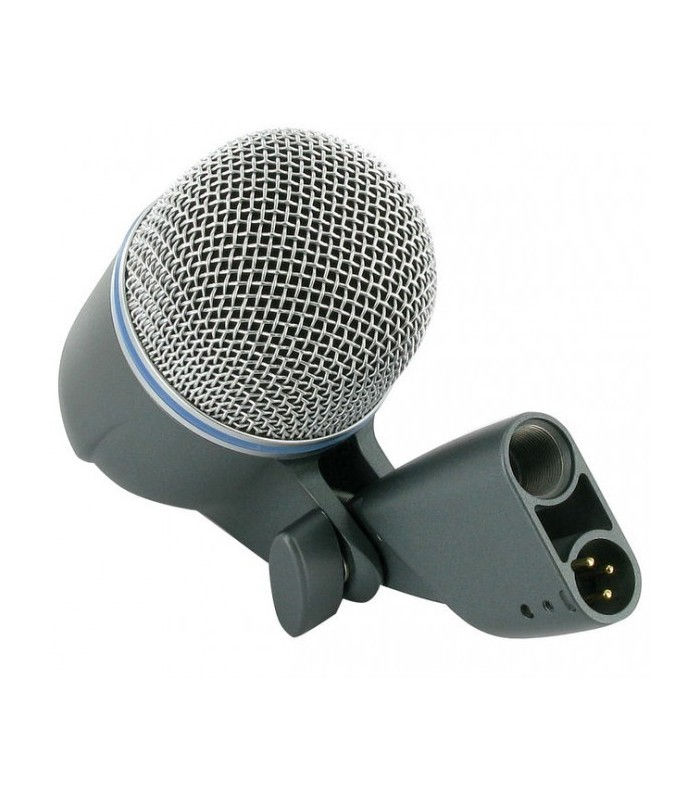Microphones
- Jason Quinn
- Apr 5, 2022
- 2 min read
Updated: Apr 7, 2022

Microphones come in a wide variety of models, types, patterns, shapes and sizes. Keep in mind that there is no “one size fits all” microphone as every recording scenario is unique. A deep understanding of microphone specifications will assist in the proper selection and application for a desired outcome. After all, good sound starts at the microphone.
Types
Microphones come in 3 main types…
§ CONDENSER – operates via the electrostatic principle
· Excellent transient response for capturing crisp details.
· Favoured mic type for vocals, acoustic guitars and percussive instruments.
· Requires 48vDC phantom power to operate.

AKG C414 // $1,409.99

AT4050 // $999.00

NEUMANN U87 // $4,675.00
§ DYNAMIC – generates a signal via electromagnetic induction
· Translates deep, rugged tones very well.
· Typically chosen for guitar cabinets, bass amps and snare drums.
· No shock-mount required.

SM57 // $129.00

BETA 52 // $259.00

SENNHEISER MD441 // $1,300.00
§ RIBBON – generates a signal via electromagnetic induction
Although the ribbon mic is of the dynamic type, it differs quite drastically from standard dynamic mics and therefore deserves its own category.
· Increased range of sensitivity in terms frequency response.
· Extreme care must be taken when handling ribbon mics.
· Does not require 48vDC phantom power - can be damaged if phantom power is applied!

ROYER 121 // $1,649.00

AVANTONE CR14 // $429.00

RODE NTR // $999.00
Polar Patterns
Microphones exhibit different sensitivity points…
§ UNIDIRECTIONAL
· Types of unidirectional patterns in order of least to most directional: cardioid, super-cardioid, hyper-cardioid, lobar (shotgun).

CARDIOID // SUPER-CARDIOID // HYPER-CARDIOID

LOBAR (SHOTGUN)
· Provides an accurate, directional response.
· Decreased sensitivity off axis.
· Best for capturing specific sounds. For example, individual drums on a full kit, a vocalist on a busy stage and specific parts of instruments.
· Super-cardioid captures sound within a 115-degree span while hyper-cardioid captures sound within a 105-degree span.
§ OMNIDIRECTIONAL
· 360-degree pickup – sensitive from all angles.
· Best for capturing ambient sounds such as room reverberation, audience applause and atmospheric field recordings.
· Not susceptible to proximity effect as other pickup patterns. Proximity effect creates an enhanced response in the low end of the frequency spectrum and occurs when a microphone is too close to a sound source.

OMNIDIRECTIONAL
§ BIDIRECTIONAL (FIGURE-8)
· Sensitivity on axis and 180-degrees off axis.
· Best suited for specific applications such as the mid/side and Blumlein stereo micing techniques, recording a one-on-one podcast conversation or even picking up extra low-end on a kick drum.
· Ribbon microphones exhibit only a figure-8 polar pattern due to the nature of their design.

BIDIRECTIONAL (FIGURE-8)

Comments